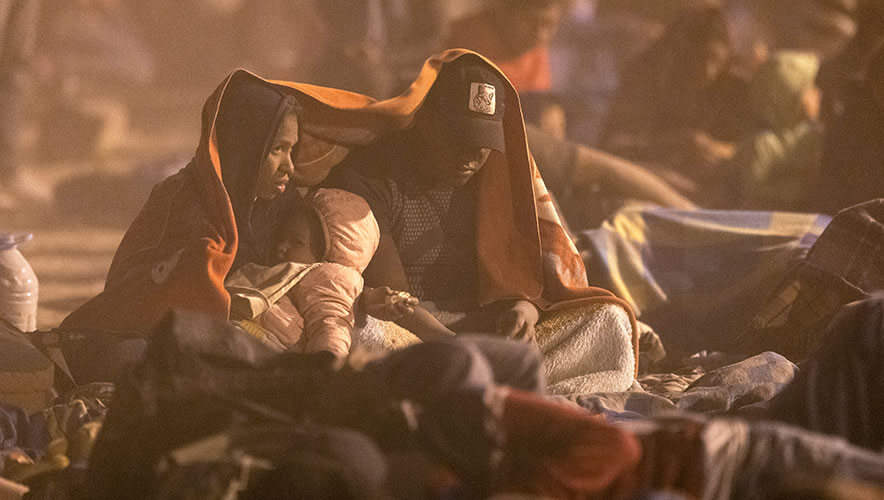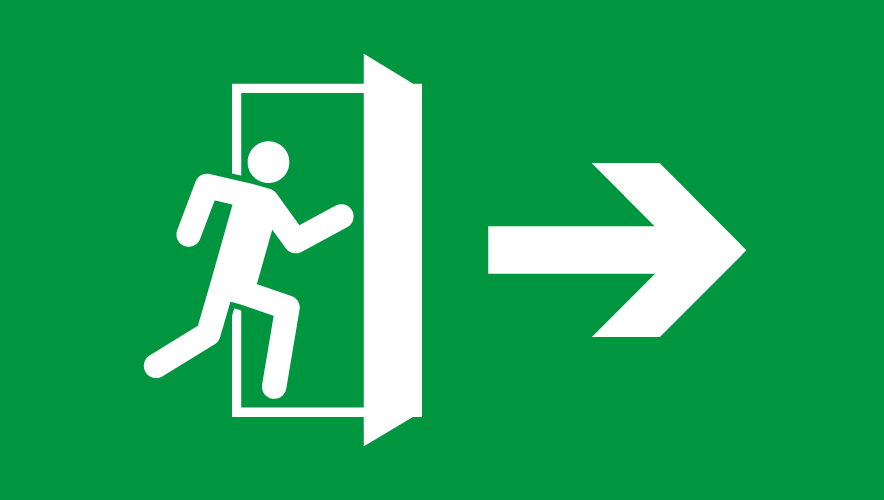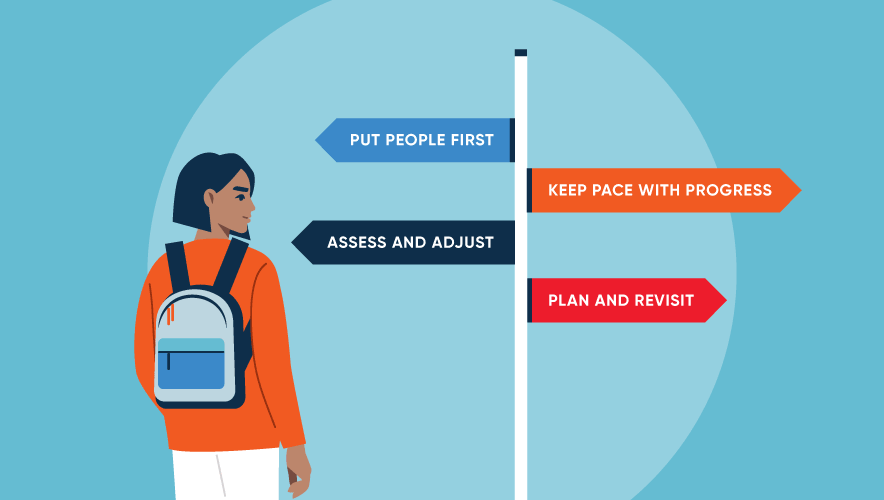As Title 42 Ends, U.S. Border Control Tries to Prepare
As Title 42 ends today—the COVID-era rule enacted by the Trump Administration that gave U.S. border control the authority to quickly expel migrants without legal processing—the numbers of the looming crisis on the U.S. southern border are staggering.
A New York Times article explaining how the United States came to the current state of affairs says an estimated 60,000 to 65,000 migrants are massed at Mexico’s northern border. Overall, the estimate is 660,000 migrants are in Mexico waiting for Title 42 to end, with tens of thousands more making their way north through Central America.
At a press briefing yesterday, U.S. Homeland Security Secretary Alejandro Mayorkas issued a warning to individuals waiting to cross the border.
“Our border is not open,” he said. “Do not risk your life and your life savings only to be removed from the United States if—if and when—you arrive here.”
Mayorkas also announced that the United States will reinstate a policy similar to one enacted by former President Donald Trump, which would automatically deny asylum to migrants who arrive at the border without first applying online or seeking protection in a country they passed through to get to the border. Those caught crossing the border would be returned to Mexico or expelled on what is expected to be a dramatic increase in flights flying migrants back to their home countries. The rule has some exceptions and does not apply to children traveling alone.
What is changing after Thursday?
“Title 8, the normal immigration law, will take the place of Title 42,” an article in The Economist explained. “It is a bigger stick. Anyone trying to enter America illegally will be banned from applying for entry for five years. Under Title 42 migrants could try to cross multiple times; now they could face felony charges for trying to re-enter.”
In addition, in recent days, President Joe Biden has mobilized 1,500 active military troops and 2,500 National Guard personnel to assist border authorities.
Another tactic the administration is using is to make it easier to process asylum requests at places far from the U.S.-Mexico border. The plan calls for opening 100 regional migration centers in at least four countries throughout the region. These centers would process and grant humanitarian parole to 30,000 individuals per month.
“Most of the people going to the U.S.-Mexico border are fleeing persecution or poverty in their home countries,” the Associated Press reported. “Migrants and groups who work with them noted the swirl of rumors and disinformation from smugglers that makes it hard for migrants to understand what to do.”
In anticipation of the surge expected after Title 42 ends, federal authorities working with border cities and towns have stepped up immigration enforcement as many Texas cities declare a state of emergency. Just two days ago in El Paso, Texas, hundreds of migrants could be seen in the streets at a Catholic church near the border. By Thursday, however, U.S. Immigration and Customs Enforcement (ICE) actions had rounded up and deported those there illegally and moved those with appropriate documentation to designated shelters.
Last week in Brownsville, Texas, a man drove a vehicle into a crowd of migrants, killing eight people. Toxicology showed the driver was intoxicated, and authorities have not said if the driver intentionally targeted migrants. Like many border towns, Brownsville has experienced a much higher than normal number of migrants entering the city. An independent journalist and critic of the Biden Administration, Todd Bensman, has been in and around Brownsville in recent days documenting the migrant surge with several widely shared videos showing lines of people crossing the Rio Grande.
Several of Bensman’s videos capture the hastily constructed razor wire fences on the river’s edge, fences that led Texas Governor Greg Abbott to say Brownsville was “wired shut.”
Brownsville Mayor Trey Mendez said he thinks the city is ready for any post-Title 42 surge: “I do feel that the city itself is in a really good position. We’ve been doing this for three years. We’ve been able to create a process that’s very efficient that gets people to their final destination. We know that the final destination is not Brownsville, so we’ve … seen it as kind of our role to get people to their destination quickly, and we’ve done a good job of that even as the numbers increased. …That’s always been the goal, is to keep the public safe and ensure that there’s not any issues and that we don’t have individuals on the streets.”
And it’s not just border areas that are gearing up. New York City, for example, is temporarily suspending its guarantee of shelter for anyone who needs it, and Chicago Mayor Lori Lightfoot has declared a state of emergency.
Mendez agreed that Title 8 is a larger tool to prohibit illegal entry into the United States.
“If individuals are crossing illegally, now they will not only be sent back, but they will also not be able to (apply) for five years, which I think is also going to be effective," he sad. "But we won’t see any of that implemented for at least the next couple of days and throughout the course of the next few weeks.”
The new rules announced by Mayorkas yesterday are designed to deal with new migrants swiftly. However, the American Civil Liberties Union (ACLU) has vowed to challenge the rules, arguing that they violate due process rights for asylum seekers. Should the ACLU win a lawsuit, all migrants claiming asylum will be afforded judicial review of their claims in a system that already has a months-long, if not years-long, backlog of cases. And there is no place to house nor mechanism to care for the hundreds of thousands of people expected to enter the system.
As The New York Times explained, "The border and the U.S. immigration system are not equipped to manage so many people. But crossing into the United States illegally has become, for many, the only option as fewer legal ways exist." The article cites the following reasons for the looming crisis:
- U.S. immigration laws have not been overhauled since the 1980s and 1990s, and migratory patterns and immigration practices have changed drastically since then.
- The U.S. Congress has tried and failed several times to address the issue; disagreements are not just between parties, however, the parties themselves have not articulated a clear, unified approach.
- Additionally, troubled and failing governments and increased conflict in Central America make the dangerous prospect of trying to travel to and enter the United States preferable to staying where they are.
- The system is also completely overburdened. Analysis from the Times finds that there aren’t enough judges, courtrooms, border control officers, or even indoor facilities to contain migrants. Border areas face extreme strain and stress.












